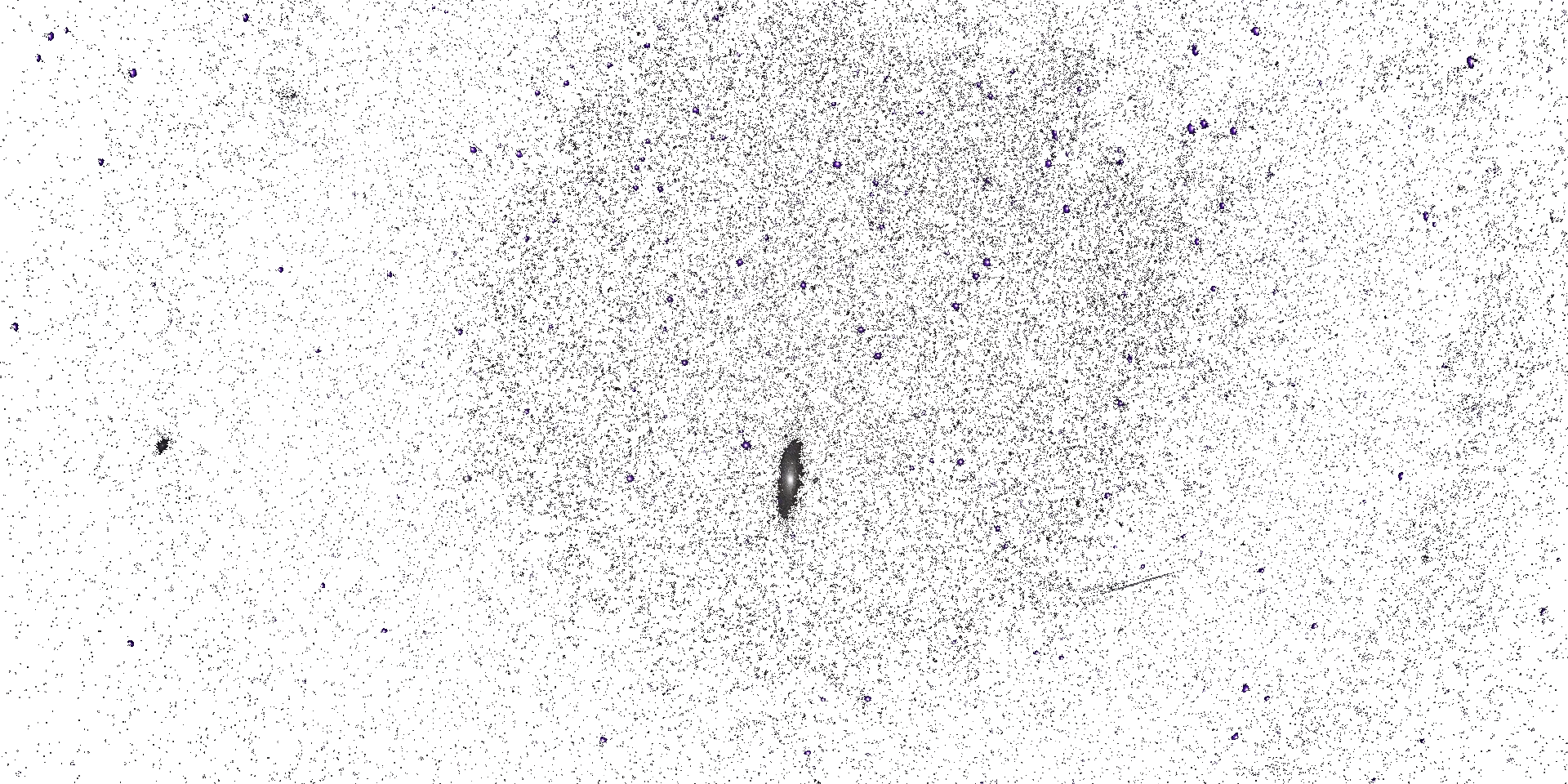




Space Climate 8 Meeting Abstract
Periodic variations of GCR intensity and anisotropy related to solar rotation by ACE/CRIS, STEREO, SOHO/EPHIN and neutron monitors observations during solar minima 23/24 and 24/25
Renata Modzelewska (Siedlce University)
R. Modzelewska 1 and A. Gil 1,2
1 Faculty of Exact and Natural Sciences, Institute of Mathematics, Siedlce University,
Konarski Str. 2 08-110 Sie dlce, Poland
2 Space Research Centre, Polish Academy of Sciences, Bartycka Str.18A, 00-716 Warsaw, Poland
We study the periodic variations of galactic cosmic rays (GCRs) related to solar rotation based on neutron monitor (NM), ACE/CRIS, STEREO and SOHO/EPHIN measurements, in solar minima 23/24 and 24/25 characterized by the opposite polarities of solar magnetic cycle. Now there is an opportunity to re-analyze the polarity dependence of the amplitudes of the recurrent GCR variations in 2007-2009 for negative A < 0 solar magnetic polarity and to compare it with the clear periodic variations related to solar rotation in 2017-2019 for positive A > 0. We use the Fourier analysis method to study the periodicity in the GCR fluxes. Since the GCR recurrence is a consequence of solar rotation, we analyze not only GCR fluxes, but also solar and heliospheric parameters examining the relationships between the 27-day GCR variations and heliospheric, as well as, solar wind parameters. We find that the polarity dependence of the amplitudes of the 27-day variations of the GCR intensity and anisotropy for NMs data is kept for the last two solar minima: 23/24 (2007-2009) and 24/25 (2017-2019) with greater amplitudes in positive A > 0 solar magnetic polarity. ACE/CRIS, SOHO/EPHIN and STEREO measurements are not governed by this principle of greater amplitudes in positive A > 0 polarity. GCR recurrence caused by the solar rotation for low energy (< 1GeV) cosmic rays is more sensitive to the enhanced diffusion effects, resulting in the same level of the 27-day amplitudes for positive and negative polarities. While high energy (> 1GeV) cosmic rays registered by NMs, are more sensitive to the large-scale drift effect leading to the 22-year Hale cycle in the 27-day GCR variation, with the larger amplitudes in the A > 0 polarity than in the A < 0.
Mode of presentation: oral (Need to be confirmed by the SOC)
